Redscale Technique: The Principle of Light Penetrability
35 136 Share TweetI do not know if this is a unique idea; if it is, then I am taking my claim to immortality. Introducing, the “Principle of Light Penetrability” by Rene M. Nob.

Exposing redscale films has always been tricky. While I am convinced that I need to overexpose a film such as a redscaled Fujifilm Superia 400 by 4 to 5 stops to achieve ideal exposure, I got surprised with the results from lakandula and plasticpopsicle of a rescaled Lucky Super 200 that was overexposed by one stop. Despite that minimal overexposure, the photos were well exposed. I had to try it myself, and I must admit, one or two stops over was not a disappointment. Question is, why? Two different redscaled film that requires different degrees of overexposure.

As I physically examine both films, I noticed that the Lucky Super 200 was a bit thinner than the Superia 400. Perhaps, such explains why a redscaled Lucky only needs one or two spots over. That must be it! Before I make my conclusion, I had to test another film almost as thin as the Lucky, Kodak Color Plus 200. Below are the results, and it appears that my assumptions are true; thinner films require lesser overexposure to achieve ideal results.

You are probably wondering how much thin is thin. First, let me introduce to you what I call the “Principle of Light Penetrability.” A thick film has “Limited Penetrability,” such that light cannot pass through it; in other words, opaque. On the other hand, a thin film has “High Penetrability,” light can partially pass through it, or in other words translucent.
Now, how will you identify your films penetrability level? Here’s what you do. At night, hold the film against any of your house lights. If you can still see the light bulb clearly, then the film has “High Penetrability,” and is thin enough to be over exposed by one to three stops.
However, if you cannot see the light bulb, then that film has “Limited Penetrability,” and needs to be overexposed by four to five stops.
This technique is especially useful if it is your first time to use a particular redscaled film. Hope it helps.
écrit par renenob le 2012-03-05 dans #équipement #tutoriels #film #redscale #exposure #tipster #overexposure #the-principle-of-light-penetrability #stops-over





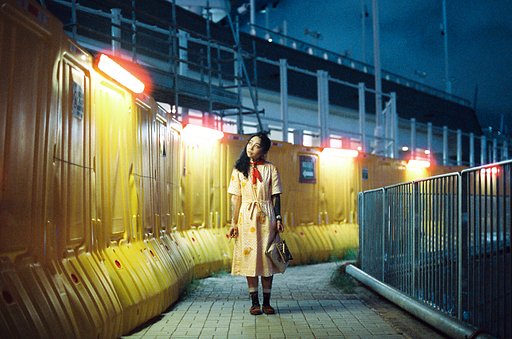

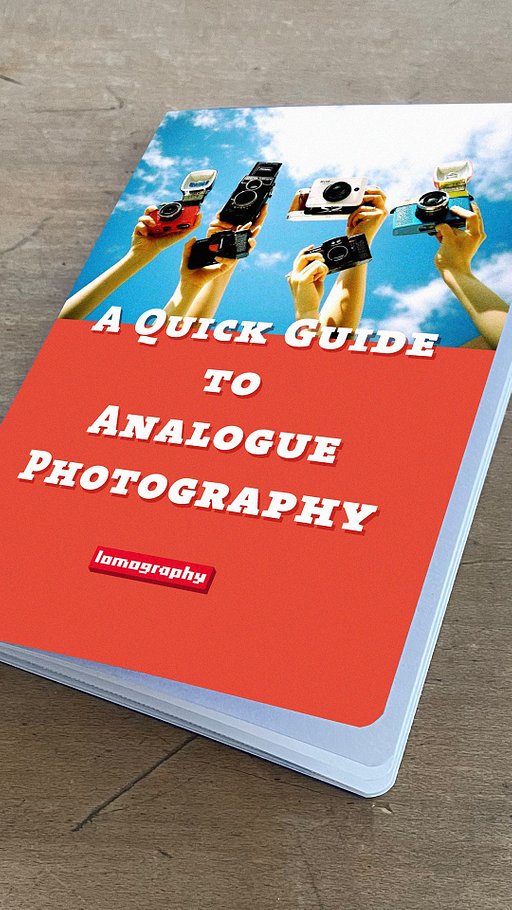
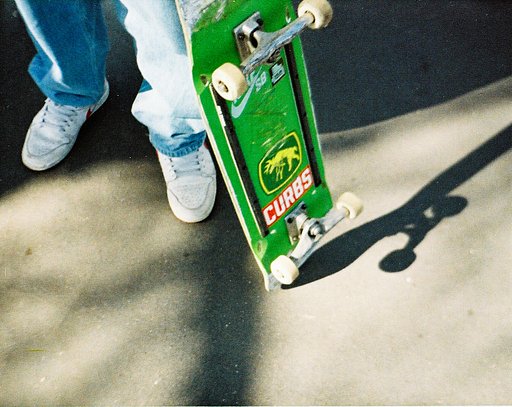


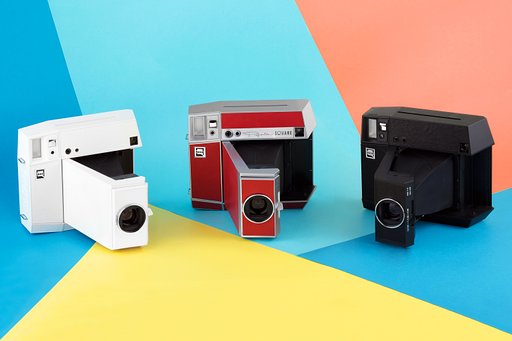
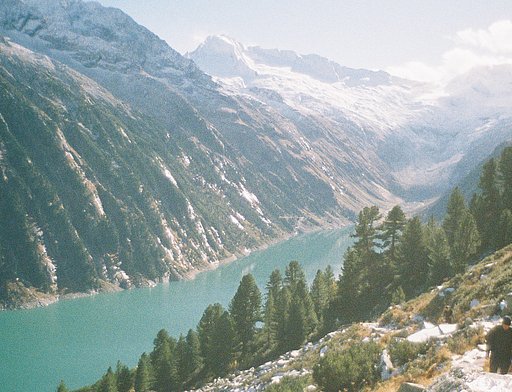




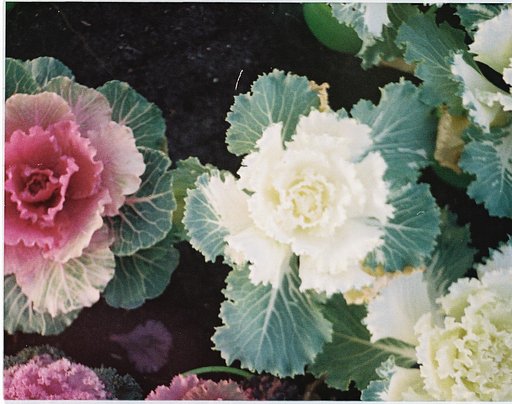
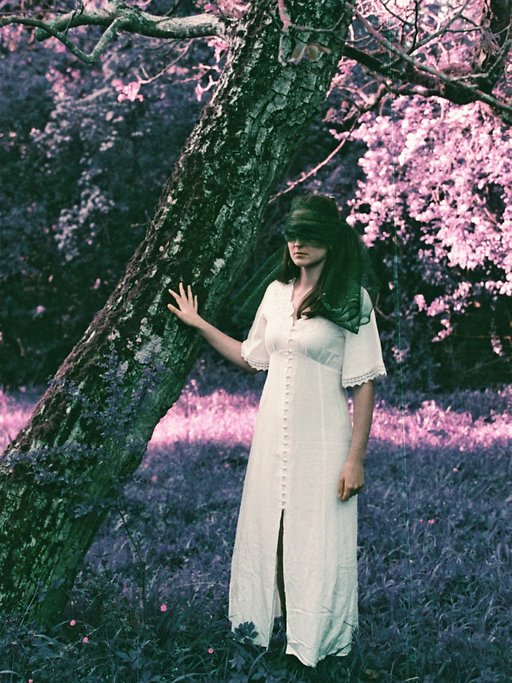
34 commentaires